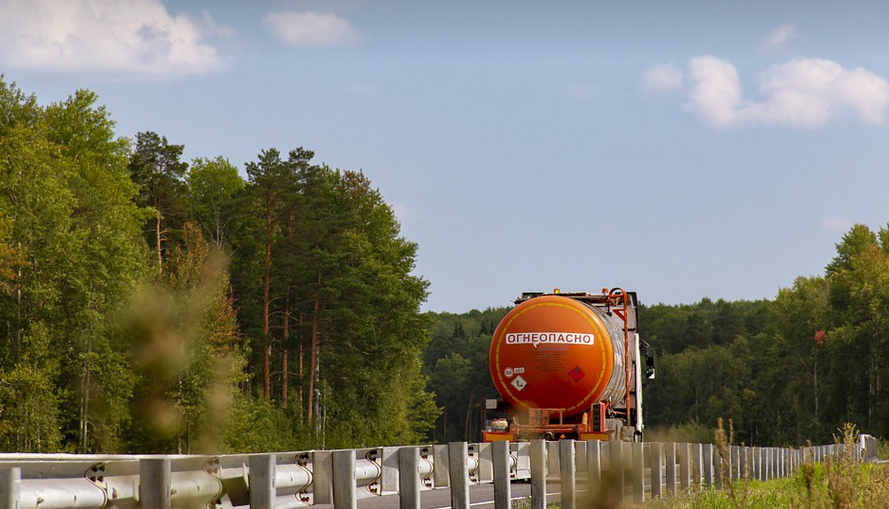Understanding the Basics: What are Transport Processes and Separation Processes?
Imagine you’re looking at a busy city street, with cars rushing past, people walking on sidewalks, and buses making their rounds. That chaotic scene is like the world of fluids in real life! Transport processes deal with how things move through space, whether it’s water flowing down a drain or air circulating around your room. Separation processes are about physically separating different components within those fluids, much like separating ingredients in a recipe.
Let’s take separation as an example: when you wash clothes, the dirt gets trapped in the soapy water, and the clean garments come out of the washing machine. This is separation in action!
The Importance of Unit Operations
Now that we have a basic understanding of transport processes and separation processes, let’s dive into the heart of these fascinating fields: unit operations. Think of them as the building blocks of larger industrial processes. They are specific, controlled unit-level steps in a process flow diagram that accomplish essential tasks.
Why are they important? Well, imagine trying to build a house without a foundation or framework! Unit operations provide the structural base for everything else. They help us control how fluids move, mix, and separate in specific ways that allow for larger processes to run smoothly.
A Closer Look at Key Unit Operations
Let’s explore some of these fundamental unit operations:
**Mixing:** This is the art of combining different components. Think about a paint manufacturer mixing pigments, or even stirring your morning coffee! Mixing ensures that every part of the mixture gets enough contact with others, promoting efficient reaction and separation.
**Distillation:** This technique separates components based on their boiling points. When you boil water and collect the steam above 100°C (212°F), what happens? You’re essentially separating the liquid water from the steam, right?
**Centrifugation:** This uses gravity to separate particles based on their sizes. Like how separating oil and water in a glass of milk is a classic example, centrifuging relies on this force to spin liquids faster than they would naturally move.
**Filtration:** Imagine straining your juice through a filter – that’s basically what filtration does! This technique removes solids from liquids by passing them through a mesh or porous material. Whether it’s removing sediment from drinking water or separating coffee grounds from brewed coffee, this process is essential.
**Evaporation:** Just like how water evaporates from a puddle in the sun, evaporation relies on heat to remove a liquid’s molecules from a solution. This process can be used to concentrate solutions for various applications. This principle plays a crucial role in many industrial processes, where removing moisture or reducing volume is essential.
The Importance of Control and Efficiency
One thing is sure: unit operations don’t just happen by themselves! We need to control how they operate to achieve desired results. Factors like temperature, pressure, flow rate, and the material properties of the components all play crucial roles in how efficiently and effectively a unit operation works.
So what happens when things go wrong? Think about it – you can’t just throw everything into a blender without adding some control! When these aspects are mismanaged, it can lead to undesirable outcomes for the process. This is where engineers play an important role; they design efficient unit operations that minimize waste and maximize output.
For example, if your coffee maker fails to brew a perfect cup of joe because of issues in the brewing unit operation like clogged filters or incorrect water flow, it reflects how even seemingly simple processes can go wrong. To get to the bottom of it, we’ll need to explore the intricacies of each unit operation and understand what factors are at play.
Unit Operations: A Journey Through Industrial Processes
The field of separation processes is a vast and fascinating world! From separating crude oil for transportation fuels to purifying water for drinking, these unit operations play a vital role in countless industries. The principles behind them can be applied to various sectors, including chemical processing, food production, pharmaceutical manufacture, and even environmental remediation.
Whether it’s using distillation to purify chemicals or filtration to remove impurities from materials, understanding these fundamental unit operations is crucial for anyone interested in the world of manufacturing and engineering!
